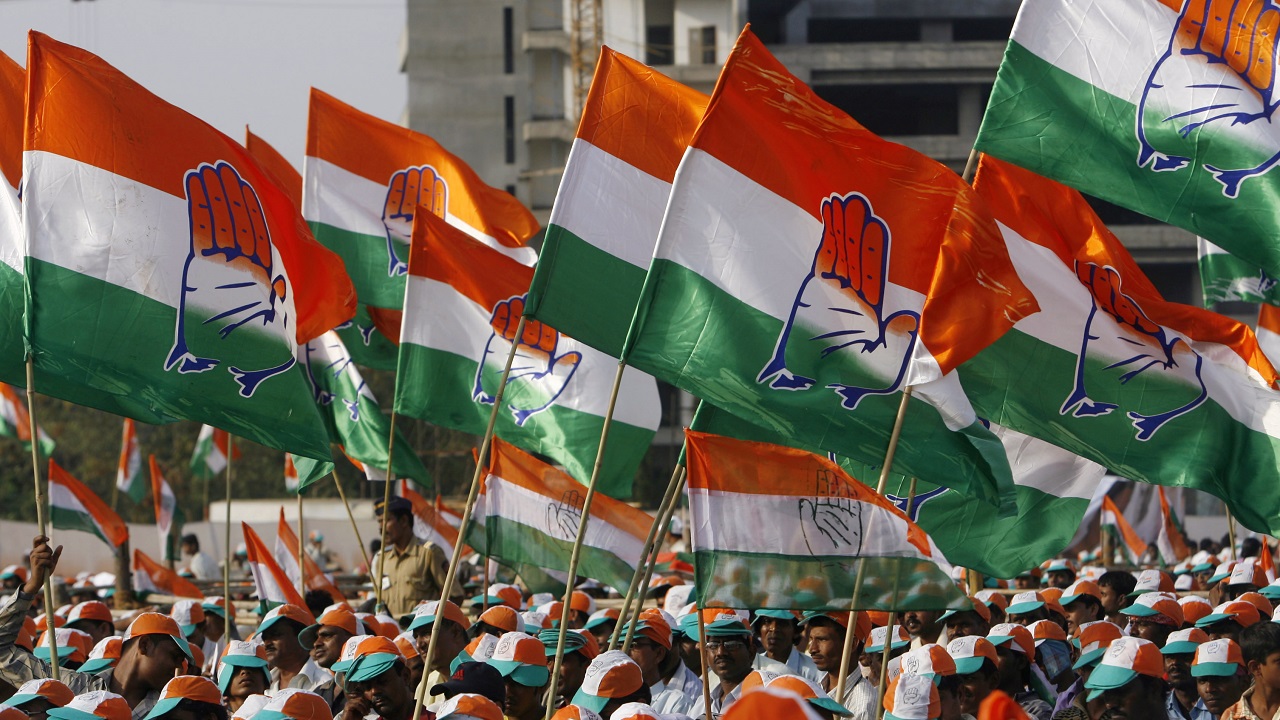The fault lines in the Congress have resurfaced with the present high command in no mood to hold organizational elections, thereby allowing the party to further drift away from its grassroots connect. Two recent committees declared by interim president Sonia Gandhi, have shown that the top leadership had not learnt any lessons from the dismal show in the past few elections.
For instance, she has constituted an 11-member committee headed by Dr Manmohan Singh to coordinate and plan the one-year celebrations of the 75th year of Indian Independence. Should this not have been done before 15 August, so as mark the historic occasion. This panel should have by now conducted programmes connected with both our Tryst with Destiny as also to commemorate the Quit India movement on 9 August. It is evident that those in command have scant knowledge about the glorious past of the Congress and have brought it to its worst ever state.
Another committee that has been declared is designed to plan and sustain prolonged agitations on national issues. This is headed by Digvijaya Singh and does not include any of the leaders who, in the past, have played a role in making agitations successful. The pronounced omissions are of the heads of the party’s frontal organisations, particularly the Youth Congress, which had played a major role under the late Sanjay Gandhi in bringing the party back in power in 1980.
This is another example of how the party has been functioning on the whims and fancies of individuals. The current Youth Congress chief has a lot of fire and has done exceedingly well. Agitations may be planned by experienced leaders, but they can only be taken forward by the youth. The party needs to identify issues on which it would take on the Centre, rather than leaving this matter to a few chosen persons.
The BJP under both Narendra Modi and Amit Shah is a very politically conscious party that has been setting the national agenda on most issues and also controlling the narrative. Therefore, it would have been in the fitness of things that some of those connected with the agitations of late 1970s should have been part of this team.
The high command must convene a meeting of the Congress Working Committee and if the need be, also the AICC, to take a feedback from the diminishing cadre that is highly disillusioned with the current state of affairs. The main idea of announcing such committees as also organizational changes is to send a signal that the Gandhis were in command and therefore no questions should be asked.
The clear message that has emanated from these committees is that Sonia Gandhi continued to have faith in her old tested formula of leaders, many of whom may have outlived their political utility, but are included in panels for creating a false impression of its gravitas. The status quo politics must change, especially when things on the ground are far different than what they appear.
In Punjab, after concluding his two-day tour to resolve differences between the warring factions, Harish Rawat, general secretary in charge of the state, has openly admitted that things were not fine. While stressing the need for having both the Chief Minister, Captain Amarinder Singh and PCC chief, Navjot Singh Sidhu in the same frame, he has said that differences needed to be resolved at the earliest.
The Punjab factional fight is an illustration of how the high command encouraged the dissidents to take on the Chief Minister, without realizing that in the run-up to the elections slated for early next year, a demonstration of unity in the party was most essential.
There is no doubt that both the CM and the Pradesh chief have to play an equally important role during the candidate selection and campaign. However, it has been the party tradition that wherever it has a government, the incumbent Chief Minister always spearheads the election charge.
The net result of what is transpiring in Punjab is reflected by opinion polls that are being aired by TV channels even though, the agency that has come to the conclusions has proved in the past to be wrong. In the latest instance, the survey has tried to downplay the farmers’ agitation, which is certainly going to have a major impact on the outcome. It has also been predicted that the Aam Aadmi Party would emerge as the single largest party, with Congress second and the Akalis in the third position.
The situation in India’s neighbourhood has been undergoing a major change in a very short span and people realise that Punjab being a border state has to bear the consequences of actions that may follow from the instability in the region. Leaders such as Navjot Sidhu and Sukhbir Badal may be getting restless and impatient, but whether they would make it to the top position, is all in the realm of speculation.
Sidhu has tremendous energy so essential to be a leader in Punjab and Sukhbir has the experience and the support of the Sikh clergy. The AAP factor is also very important and cannot be wished away.
However, the Captain, despite his advancing years and health, is undoubtedly still the tallest leader of Punjab. He has proven himself to be a soldier and an astute politician who may be down but is not out as yet. Therefore, to draw conclusions of his being replaced or toppled are still very premature. Between us.
Fault lines resurface in Congress
- Advertisement -

